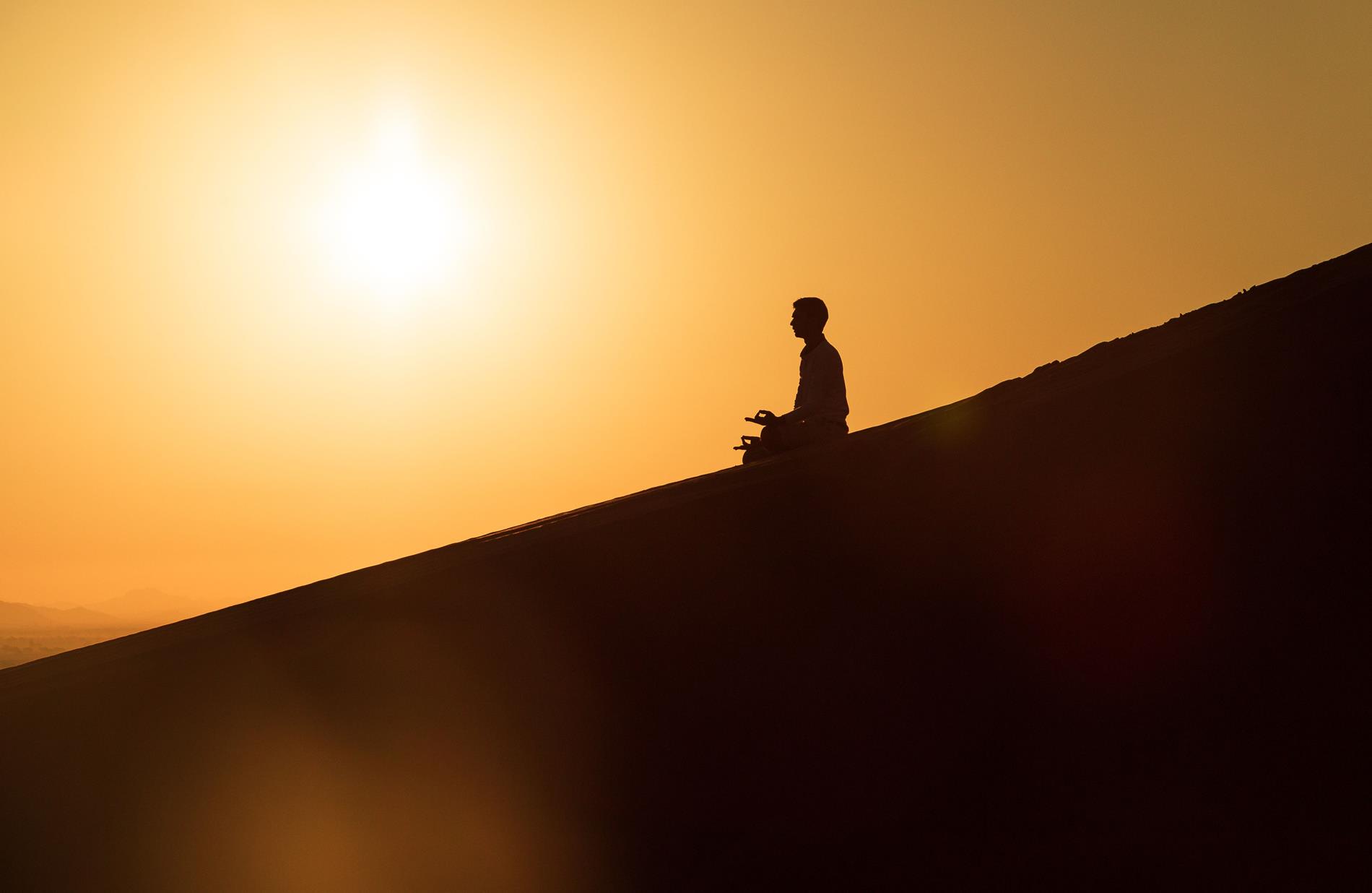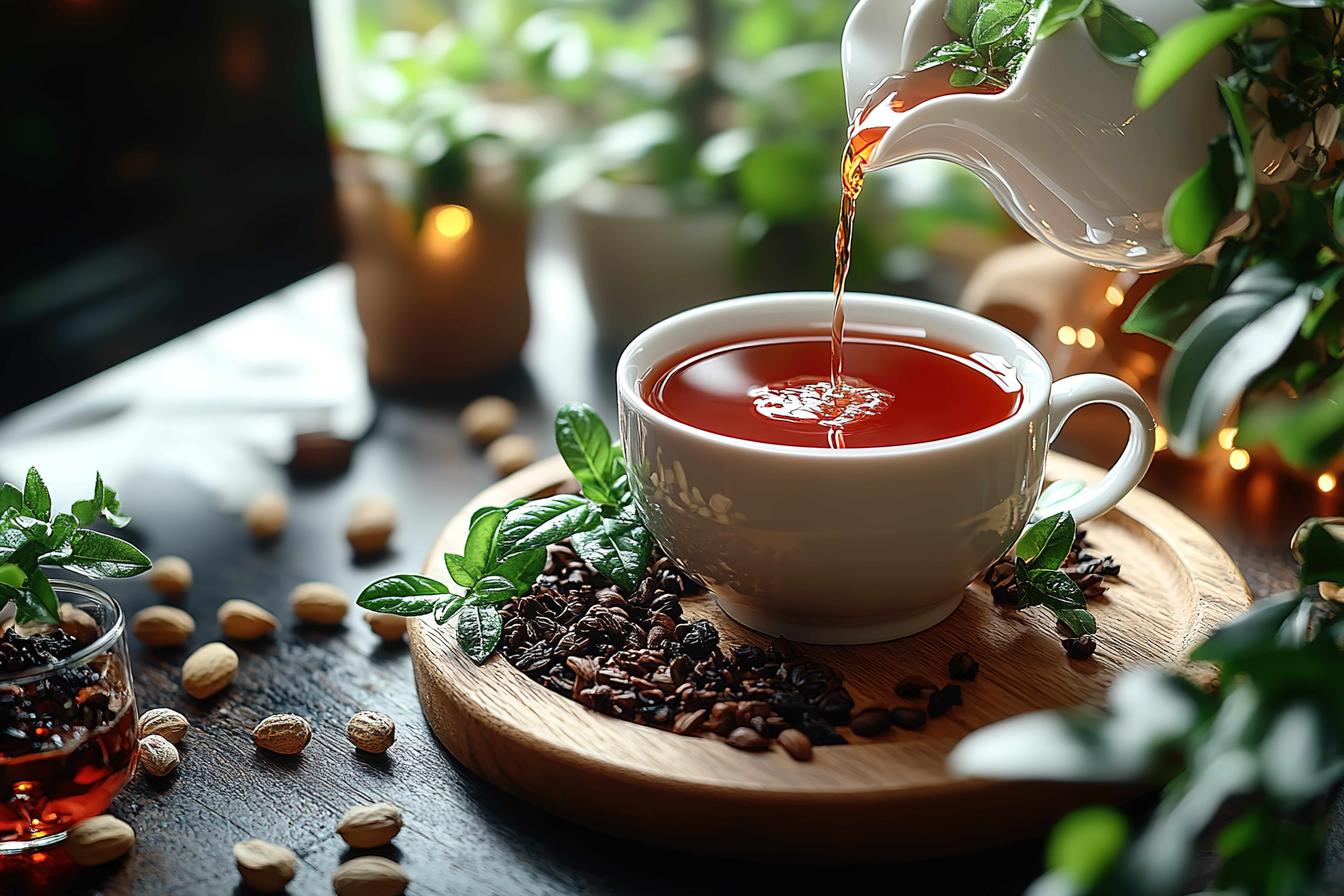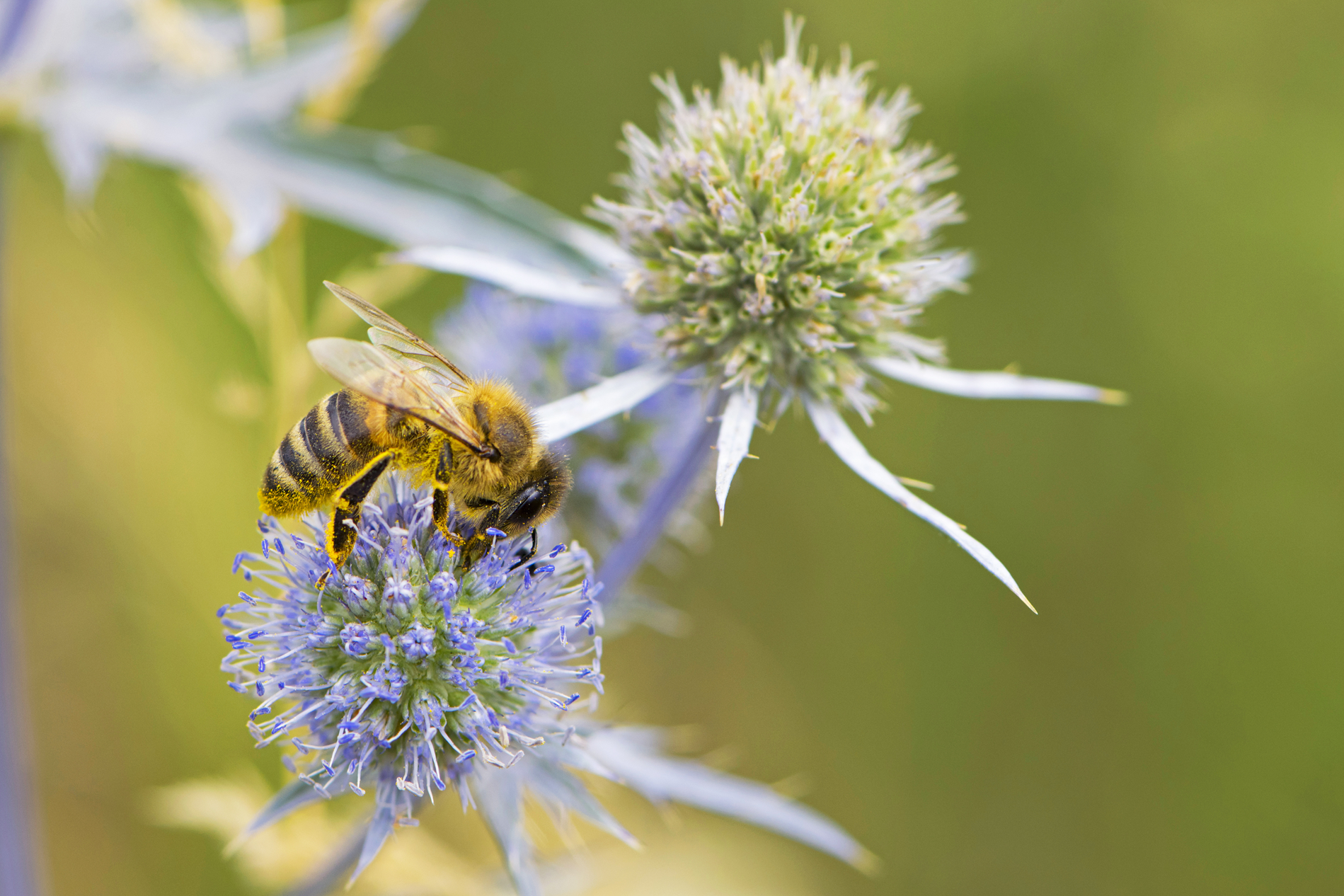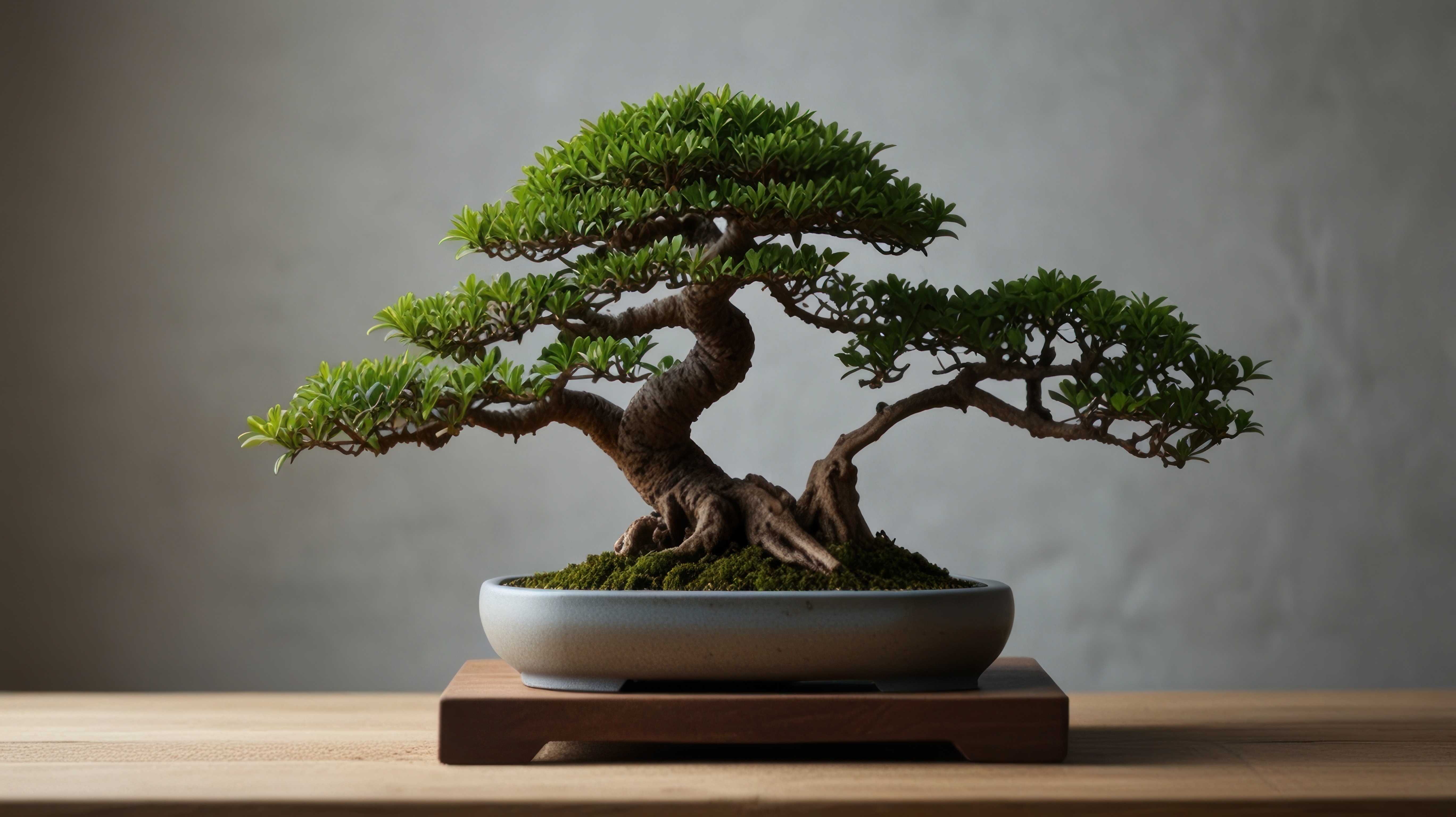Sabaku Yoku Meditation
Steven Law is a master of Sabaku Yoku Meditation, and he occasionally leads Sabaku Yoku meditation trips and retreats into the wild deserts of northern Arizona and Southern Utah. The purpose of these trips is to help his clients re-connect – or make a deeper connection – with the Earth and its cycles and rhythms. He does this through different forms of grounding meditation. His preferred form of grounding meditation is Sabaku Yoku Meditation.
Practitioners of Sabaku Yoku Meditation connect to the energies and vibrations of the wild desert and use those energies and vibrations to heighten their own mindfulness and spiritual energy with the intention of deepening their meditative exercise, and connectivity to the Earth and the Universe.
Is Sabaku Yoku similar to Shinrin Yoku?
Yes.
Perhaps you have heard Shinrin Yoku. Shinrin Yoku is a Japanese term that literally means forest bathing. Shinrin is the Japanese word for Forest, Yoku is the Japanese word for Bathing. Sabaku is the Japanese word for Desert. Because he lives in the desert, Steven Law practices Sabaku Yoku (desert bathing) Meditation.
The energies and vibrations of the desert are different than those of the forest, so the results – though very similar -- are a little different.
Steven Law’s Sabaku Yoku meditation journeys last from a day to four days.


What Role Can Native Plants and Native Bees Play
in Sabaku Yoku Meditation?
The stronger the connection you make with the desert the more the desert will “talk” to you, the more it will show you things. With that in mind, think of ways you can increase and deepen your connection with the desert. One easy way to do that is to connect with beings who themselves are very connected to the desert. Some of the beings most connected to the desert are the native plants, and the native bees.
A Desert Tea Ceremony
During Sabaku Yoku journeys, Steven sometimes incorporates a tea ceremony into his meditation.
Plainly stated, Sabaku Yoku Meditation is a form of grounding meditation, a form of meditation with the objective of physical, mental and spiritual replenishment, by reconnecting with the cycles and circuit of nature. In grounding meditation the meditators get back in touch with the present moment by focusing their attention on the physical world around them. The practitioner physically touches and connects with the Earth. This can be done by walking barefoot across the ground, or by touching the tips of fingers or palms of the hands to the Earth while in sitting meditation. A Grounding Meditation Tea Ceremony simply takes that to a deeper level.
While walking through the desert, the people in the group look for plants that could be used for tea. The plants they use in for the tea are plants that grow wild in the deserts where they wander. Rose hips, green ephedra, wild mint, pinyon pine needles, and others.
Drinking tea made from these wild plants is a great way to enhance our connection to the desert. The deeper and stronger we connect to the desert’s energies and sacred vibrations, the deeper our Sabaku Yoku Meditation Journey will be.
How does drinking tea enhance our Sabaku Yoku Mediation experience? Consider these plants growing wild in the desert. Their leaves, or needles, have spent years soaking up the sun. They have spent years taking in carbon dioxide and giving out oxygen. Their roots have spent years soaking up the rain. They are literally rooted in the energy of the desert. As the plant grows, the roots take in the nutrients of the soil, but they also bring in the energies and vibrations of the desert. These wild plants are the ultimate desert bathers.
When the leaves, needles and/or stems of these plants are steeped in hot water the nutrients are released, as are the deserts other subtler energies. When you drink this tea, those nutrients and energies are transferred/passed into you. Be mindful as you sip your tea. Be mindful of the plant soaking in the sun, soaking up the rain, soaking in the desert vibrations. Be mindful of it passing into you. Be mindful of the benefits the nutrients give to your body. Be mindful of the desert vibrations and energies elevating your own vibrations and energies.
You are partaking of an amazing little desert vibrations sacrament. Offer your gratitude to the universe.


Meditating With the Angels of Abundance

Adding the honey to the tea is a very important part of the tea ceremony. Adding honey to the tea is much more than merely adding honey to the tea. It is an exercise in mindfulness. It is an exercise in gratitude. It is an exercise in visualization. Stir in a spoonful of honey, and as you sip your tea, imagine the bees that gathered the nectar and (pollen) that became the honey. First, imagine a single bee. Picture it flying among the lavender and asters in your meditation garden. Imagine it floating from peach blossom to plum blossom to apricot blossom to cherry blossom in your neighbor’s orchard. Imagine it visiting the cucumber blossoms, the tomato blossoms and the squash blossoms of your vegetable garden. Imagine it flying among the globemallows, the prickly pears and the pinkflower hedgehogs in the desert outside of town. Honeybees have a short life. The average lifespan of a western honeybee is only about 45 days. In the course of its short life, a bee will visit 1,000 to 2,000 flowers. In its lifetime, a bee produces only 1/12th of a teaspoon of honey. To put that another way, it takes 12 bees their entire lives to make just one teaspoon of honey. To produce the teaspoon of honey you stir into your tea, 12 bees visited between 12,000 to 24,000 flowers. Think of that. This is why the “stir in the honey” part of the tea ceremony is important; it connects you back to 12,000 to 24,000 blossoms. Thousands of trees, flowers and vegetables. Trees, flowers and vegetables that are rooted in the earth and its energies, vibrations and frequencies. And thanks to the bees, you can stir those energies into your tea and by drinking the tea you carry the energy, vibrations and frequencies into yourself. What a curious little miracle! And, of course, while gathering that nectar, the bees spread pollen from blossom to blossom thus germinating it. If you eat an apple or a peach or a cucumber slice with your tea, this another moment to be mindful of the work of the bees, those miraculous little Angels of Abundance.
Since we’re talking about our dear friends the bees, I have included some other curious facts about bees.
- Honey bees visit 2 million flowers to make one pound of honey.
- A strong hive may contain up to 60,000 honey bees.
- The bees from a single hive visit about 225,000 flowers per day.
- One honey bee colony has a foraging range of 18,000 acres.
- North America has more than 4,000 species of native bees. Most of them are ground nesting.

Breathwork With the Green Beings
Doing breath work with a plant is a great way to elevate your Sabaku Yoku practice.
When meditating, Steven Law often meditates with a plant. It's a wonderful way to be more mindful of one's breathwork. When he meditates in the wild desert, he often chooses the place where he'll meditate when he finds a tree he wants to do his breathwork with. When he meditates at home in his meditation garden, he chooses one of his favorite indoor plants to meditate with.
We have all known since some science unit in second grade that a tree takes in carbon dioxide and gives off oxygen.
I knew that part, but what I didn’t know is that a tree builds itself – its trunk, branches, and leaves – from the carbon captured from carbon dioxide in the atmosphere? Until recently, I had assumed that a tree also builds itself from nutrients and minerals from the soil.
And of course, it’s not just trees that do this but every plant. A tree, a shrub, a tea plant all draw water and nutrients from the soil, but builds itself from the carbon dioxide it takes in from the air. Carbon dioxide is made up of two elements, carbon and oxygen, with one carbon atom and two oxygen atoms per molecule. During the photosynthesis process, a tree uses sunlight and water to split the carbon from the oxygen. The act of photosynthesis also creates glucose, which fuels the tree and keeps it alive. The tree incorporates the carbon into itself and releases the oxygen back into the atmosphere.
Picture a houseplant in your house. Especially one you’ve had a long time. During the course of that plant’s life, most of the air it has taken in has been air that you and your family, your pets have exhaled. Think about the breath your family has released while laughing together, while singing together, during nightly dinner conversations. Surely such exhalations are infused with happiness.
The lemon tree inside the front door, the avocado tree sitting on the counter, has literally built itself from your air. How cool is that! What an amazing relationship! You should develop that relationship further. Move it from a passive relationship to an active one. You should become friends with it. You should talk to it. You should give it a name. You should meditate with it. You should do your breathwork with it. The air you breathe out, it breathes in. The air it breathes out, you breathe in. A tree or a houseplant makes a perfect meditation partner!
Creating a Cycle of Love and Gratitude with Tea
And think about this. What if you grow tea plants exclusively in your green house. What if you meditate with your tea plants in your green house. This means the tea plants would get a great amount of the carbon dioxide directly from you. In my case, they would get most of their carbon dioxide from me, my wife, my daughters and my cats. Now, when we cut those plants and steep the leaves some of the essence we are drinking in has come from our very breath. So cool, right!?
I built a greenhouse in my backyard one autumn, and though it wasn't fully complete, by the next February it was finished enough for me to start growing tomatoes, and flowers in the south-facing windows. I also planted my own tea plants. This was the first time I’d grown my own tea. Growing my own tea allowed me to try an experiment. Every day I would go into my happy little greenhouse and I would lean in close to the tea plants and I would tell them that I loved them. I would tell them how beautiful and perfect they were. I would tell them how happy they made me as I got to witness them growing in the sunshine.
In the greenhouse I also kept several glass quart jars filled with water. Every day – at the same time I talked to my tea plants – I also talked to the water in the jars. I told the water that I loved it. I told the water that it made me happy. I told the water that it played a very important role to me, my family and the plants in my greenhouse. I thanked it for the life it gave us. I would tell the water nice things, and then I’d use this water to water the tea plants. I would also take a little sip from each jar, telling it Thank You one more time as I brought it to my lips.
And there was more. A few times a week, usually on the weekends, I would also meditate with my little tea plants. And my little pine trees! The floor of my greenhouse is bare sand (I live in the desert so the ground everywhere is sand).
I believe these three acts infused the tea plants with love, appreciation and gratitude. One day, the tea plants had matured enough that I could clip off some of the leaves without killing the plant. I thanked the plant again when I clipped its leaves. I dried the leaves and a few days later made tea with those leaves. For several months I had infused that tea plant with words of love. I watered it with water that had been infused with words of love. I had formed an attachment with the plants while it was my meditation partner. This tea plant had built some of itself with the carbon dioxide from my breath. I believe that the love, appreciation and gratitude I gave to the tea plant was infused into the tea when I steeped the leaves, and came back to me when I drank it.
It is the perfect sacrament of love, appreciation and gratitude.
If you grow your own tea, I recommend you try this yourself.


What is Sacred?
One of Sabaku Yoku Meditation's key principles is connecting to the desert's sacred vibrations.

If I ask you, What is sacred?, we’ll all have a general idea what I’m talking about. A few ideas, a few concepts are already entering our minds. The specifics will vary depending on our upbringing and the traditions, religions, cultures and customs we were brought up in or exposed to.
I think many of us – myself included – may associate the sacred with something connected to a religion, a faith, a spiritual practice. It may be an event, an occasion, a ritual with some kind of special, solemn meaning attached to it such as communions, baptisms, bar mitzvahs. Most religious faiths also have certain dates they recognize as sacred: Christmas, Easter, Passover, Yom Kippur, Imbolc, Yule, Ramadan. And of course, every religious faith has its sacred places. It may be Bethlehem or Nazareth, Jerusalem or Hebron, Masjid al-Haram or Al-Masjid an-Nabawi, Badrintath or Puri, Kushinagara or Bodh Gaya, Stonehenge or Avebury.
These are a few examples of what certain religions and faiths consider sacred. Whether it’s an act, a date or a place, it’s usually something that was decided by a leader, or a group, a long time ago to commemorate something they considered important.
But these acts, dates and places aren’t inherently sacred. I grew up in a Christian household and we recognized the standard rites, dates and places that Christianity considers sacred. But, we didn’t observe the holy dates or rituals of other religions. I’m sure many of us here were raised in religious households and participated in some of these or similar rites and rituals, such as baptisms or bar mitzvahs. And on the day it happened, our parents or grandparents may have told us the act we were about to complete was considered sacred. But, when it happened, how many of us just didn’t feel a connection to the sacred?
And then there’s this: I was taught that the Earth is 6,000 years old and that Adam and Eve were the first people. I was taught about Noah’s Ark and the great flood, and that a male and female of every species got on the Ark, then later got off the Ark and repopulated the planet. But now, as an adult – more importantly, as a critical thinker – I realize none of that is possible, none of that is true. The religion I was raised in is a tree that’s dead to me now, and thus any sacred rituals, events or dates associated with it are now meaningless to me. I know the circumstances I’ve just described have happened to thousands of people as our knowledge of the world, and how it works, has grown.
Though many of the things that were once presented to me as sacred I no longer hold sacred, I nevertheless still feel a strong connection to the sacred; it’s just that the places, the times, the occasions, the traditions and the ceremonies I now hold sacred are ones of my own making. They grew organically from my own life experiences.
So then, if the old, once-sacred ways no longer hold sacred value, what then makes something sacred? What I wish to examine here, is what makes something sacred on an individual level, on a personal level. And why acknowledging and celebrating the sacred is still important. I believe the answer lies in examining the etymology of the word sacred and two other words that share the same etymology, the same root: Those words are sacrifice and sacrament.
First, let’s examine the word sacred. Sacred: something highly valued. Something very important. The etymological root of sacred comes from the word sacrid (S-A-C-R-I-D), the past participle of sacren (S-A-C-R-E-N), which means to make holy, to consecrate. The words sacred and sacrifice share the same root.
Let’s examine the word sacrifice. The original form of sacrifice was quite literal. An animal – typically a ram or a lamb or other form of livestock – was placed on an altar and killed as an offering to God. It was an act of devotion and contrition, done with the purpose of showing God your dedication, your thankfulness, your humility and your dependence on Him. It was almost always a Him.
Sometime around 1592, a second meaning was attached to the word sacrifice. It’s the version we’re more familiar with today, and one that has more relevance in our modern lives: the act of giving up one thing of value now, to gain something of higher value later.
Not many of us here have placed a ram on an altar and slaughtered it as an offering to God, but probably all of us have done the second form: giving up something good now to gain something better in the future. What’s more, any successful person over 30 has probably done it many times.
In our modern era, sacrifice is the key force that makes something sacred. Sacrifice makes sacred. I want to repeat that: sacrifice makes sacred.
Think about how this applies in your own life. Think of the hardships you’ve endured in an effort to make a better life for yourself, or your family. How many of us have endured hardships in an effort for a more lucrative or more enjoyable career, a better position in that career? How many of us have moved to a better city or a better neighborhood, to provide more or better opportunities for our children?
The more you loved the thing you gave up, the more attachment you had to the thing you gave up, as you strived for the thing you hoped would be better, the more likely the thing you gained from that sacrifice will be sacred to you. The bigger the sacrifice you made, the more likely the thing you gained from that sacrifice will be sacred to you. And vice versa. The thing you sacrificed to take the next big step becomes sacred to you as well.
Example: how many of us drove a cheap car when we were getting started? When we were going to college, during our days at our first entry level job. And the whole time you drove it you looked forward to the day when you could afford to drive a better car. And you did it! We did it! We finished college, got out first job, got promoted and one day bought a better car. But how many of us now look back at that car with fond memories? You probably even gave that car a name. You have probably talked to that car. For me it was a 1992 Geo Prizm. I bought it used. It was ugly. But the car payment was cheap and the car was reliable. I have very fond memories of that car. Her name was Jezebel.
Now let’s talk about the third component of What is Sacred, and that, is Sacrament. Again, the term sacrament is most often associated with religious services, but it doesn’t have to be. A sacrament – whether religious or secular – is an act of gratitude that acknowledges and honors the sacrifices you have made. A sacrament is the act, or a ritual, that acknowledges and honors a sacrifice.
So, how would that work? Can I just create my own sacrament practice? Absolutely! When you do create your own personal, individualized sacrament, it can be as simple or complex as you wish to make it. It can be a ceremony, if you want. You can share it with others; you can keep it private. You can turn it into a daily, weekly, monthly or yearly ritual, if you like. It can morph and change and grow. It should be organic and fluid.
I won’t tell you specifics how to perform your own personal Sacrament Ceremony but having done this a few times I will offer some guidelines based on my own experience that might get you started on your sacrament practice.
I do a few sacraments throughout the year. Most are small, simple ceremonies of gratitude that don’t involve anyone else. I have one big sacrament ceremony I do each year. I do it on or near my birthday. For this sacrament, I go into my meditation garden alone. I sit on a meditation cushion. I light some incense. I light some candles. I pour myself some whiskey. I also bring my journal. My journal is very simple. I don’t write narratives about my day. Instead, it’s a simple list of the accomplishment, achievements, and highlights from the past year. The journal also includes a list of the books I read that year, brief notes about my travels, and short descriptions of the fun, important, special moments I had with my wife and daughters. In addition to my journal, I also bring with me to the sacrament Ceremony a few mementos from the past year. For instance, in 2025 I spent part of the year on book tour, which was a marvelous experience. I brought to the Sacrament Ceremony space bookmarks and stickers from the various bookstores where I had read. I found a raven feather while exploring a new area of the Paria Plateau. I set it on the meditation cushion with me.
My sacrament ceremony is part meditation, part remembrance. While I sit on my meditation cushion, I read through my journal of the past year’s activities, and I while I meditate and sip whiskey I acknowledge and give power to the sacrifices I made during the last year. Sometimes I name the sacrifice. To make it more real. To give it some flesh and substance. I place my finger on that diary entry and say it aloud. And I then think of the blessings this has brought into my life and the life of my family. I also think of, and name, the sacrifices involved to bring that new blessing into my life.
This sacrament ceremony is an act of gratitude. It is an acknowledgement that, because of those sacrifices, I am a few steps closer to a particular goal.
When you do your personal sacrament practice or ceremony, it should come with time to pause, time for reflection. It should not be hurried. It should be in a place where you won’t be interrupted. It should be a ceremony that has time and space set aside to make it a special occasion. It should carry the feeling and weight of peace, of reflection, of gratitude. It should be a reverent act. It should not have the feeling of just another task on your to-do list.
I believe the two most important elements of the sacrament ceremony are intention and gratitude. A sacrament is an act of gratitude that acknowledges the value of the sacrifice you have made. The perfect partner of sacrifice is gratitude. Being mindful of the blessings and the abundance the sacrifices have brought to you is the sacrament. A solemn, mindful acknowledgement is what makes it sacred.
When you do your personal Sacrament Ceremony and you are mindful of the sacrifices you made during the last year, you will discover that you have made a lot of sacrifices. But, when you reach far back, you will find that many people have also made sacrifices on your behalf.
While doing your Personal Sacrament Ceremony, it is also a great time to acknowledge the people in your life who made sacrifices for you. For your benefit. For your growth. For your brighter future. Think of the sacrifices your parents have made on your behalf. Who here has a supportive, encouraging spouse? Be sure to be mindful of them too. I bet all of us have a favorite teacher who spent extra time with us to help us understand the tricky concept, or who told us, “You’re good at this. You could be a writer. You could be an engineer. You could be an artist. You could be a doctor. Think of the mentor who showed you how to elevate your craft to the next level. Perhaps as part of your Sacrament Ceremony, you could give them a call, or write them a letter. And thank them. If you choose to write them a letter, make it an actual letter, not an email. Write your letter of thanks on some nice stationery. Use your best penmanship.
Every religion, every faith, every culture has objects, dates and places it considers sacred. I’m the same. During my journey through life, I have found and accrued my own sacred objects, my own sacred dates and my own sacred places. One of my sacred objects is a fountain pen. Most of the poems I write, and the first drafts of most of my essays, get written with that pen. Another sacred object to me are two skeleton keys that I wear on cord around my neck. Wearing them reminds me to be mindful and to draw down the lightning.
And I have sacred dates and rituals associated with them. The main one is the one I described here, when on or near my birthday I sit down alone and celebrate the years accomplishments, highlights and, of course, its sacrifices.
And I have several sacred places. One of my sacred places is the farm where I grew up as a boy in rural Utah. On that farm is where I learned to appreciate the blessings each season brings. It is where I learned how to care for a piece of land. It is where I learned to appreciate peace, and big open spaces. It’s where I learned to sit with stillness. Another sacred place for me is the campus of Southern Utah University. That’s where I learned it was okay to be curious, inquisitive and take on ambitious, difficult goals. It’s where I met thousands of other who were also curious, brilliant and creative. Another one of my sacred places is a place called Dark Canyon, a wilderness area in southern Utah where I went on a 40-day transformational journey that forever changed my outlook on life. Another place that is sacred ground to me is the meditation garden behind my house where I ground myself every morning. When my wife and I bought the house the spot where the meditation garden is now was just gravel and weeds, but over the course of several weeks I sifted out the gravel, and we planted grass, tulips, honeysuckle, and hollyhocks.
All of the above text was written by Steven Wesley Law.